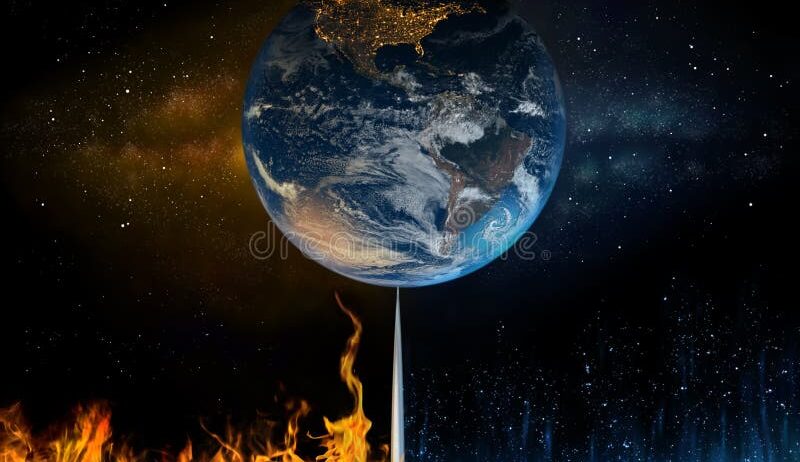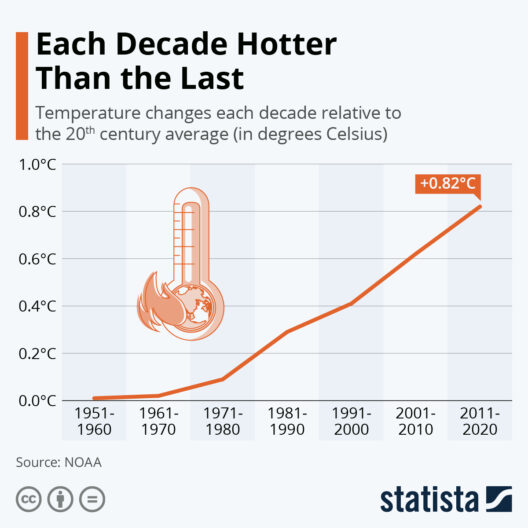The oceans, vast and enigmatic, embody an intricate tapestry of life, ecosystems, and natural phenomena. Yet, humanity stands at a precipice—a tipping point, where the effects of global warming catalyze a cascade of transformations within these waters. How often do we ponder the delicate balance of our oceans? Can we truly grasp the implications of climate change on their health? As we delve deeper into the phenomena of ocean acidification and the alteration of ocean currents, we must confront the challenge these changes pose to both marine life and humanity as a whole.
Global warming, primarily driven by the relentless accumulation of greenhouse gases, has resulted in a dramatic increase in ocean temperatures. This warming process does not merely lead to discomfort for marine organisms; it culminates in profound shifts in biogeochemical processes. Among the most alarming of these is ocean acidification—an insidious change wrought by elevated carbon dioxide levels. The ocean serves as a carbon sink, absorbing a significant portion of atmospheric CO2. However, this absorption comes at a price. When carbon dioxide dissolves in ocean waters, it forms carbonic acid, which subsequently lowers the pH of seawater.
The implications of this acidification are far-reaching. Marine biodiversity, from calcifying organisms such as corals and mollusks to larger species like fish, is at risk. Corals, the architects of some of the ocean’s most vibrant ecosystems, are particularly vulnerable. As the waters become more acidic, the rate at which corals can calcify diminishes, leading to weakened structures and increased susceptibility to stressors such as temperature fluctuations and pollutants. In turn, the reef ecosystems, which support countless species, face existential threats.
The interconnection between acidification and the overall health of marine ecosystems cannot be overstated. For instance, the decline in shellfish populations due to diminishing calcium carbonate availability does not happen in isolation. It reverberates throughout the food web, disrupting predator-prey dynamics and altering habitat structures. Imagine the resulting challenge for industries reliant on these marine resources; the potential economic ramifications could be staggering. What will happen to coastal communities that depend heavily on fishing and tourism?
In addition to the direct impacts of acidification, global warming also reshapes ocean currents, vital drivers of climate and weather patterns around the globe. The intricate ballet of currents, from the Gulf Stream to the Antarctic Circumpolar Current, regulates temperature, nutrients, and the distribution of marine species. Yet, as polar ice caps melt and freshwater influxes alter salinity levels, these currents are at risk of faltering. The potential for disruptive shifts in these patterns poses yet another formidable challenge. How can we prepare for changes in weather anomalies, shifts in marine biodiversity, and altered fisheries?
The interplay between warming, acidification, and shifting currents can create a domino effect that further exacerbates our climate challenges. For instance, as ocean temperatures rise, the thermal stratification of water layers intensifies. This stratification can inhibit the mixing of nutrient-rich waters, leading to diminished productivity in primary producers like phytoplankton. The concentration of these foundational organisms is crucial, not only for the sustenance of many marine species but also for carbon cycling. With less phytoplankton, less carbon is sequestered in the ocean, driving the cycle of climate change further forward.
Moreover, as marine environments transform, their role in global carbon cycling is fundamentally altered. Healthy oceans, teeming with life, serve to mitigate climate change by sequestering carbon. However, as acidification and altered currents undermine marine biodiversity, the capacity of oceans to serve as carbon sinks diminishes. This creates a self-perpetuating cycle—our actions to combat climate change may inadvertently harm the ocean systems that could aid in its mitigation.
Considering the implications of these changes, it is paramount to address our response strategies seriously. As nations grapple with this intricate crisis, it becomes evident that a multifaceted approach is crucial. Mitigation measures must include reducing greenhouse gas emissions, transitioning to renewable energy sources, and enforcing stringent regulations on pollution. Equally critical is the need for adaptation strategies that support marine conservation and restoration efforts. Resilient ecosystems will be better equipped to withstand future challenges. However, this is no easy feat. It requires a concerted global effort, spanning policy changes, scientific research, and community engagement.
The challenges posed by ocean acidification and shifting currents are profound, evoking a pressing curiosity about our ability to adapt and respond to these imminent threats. Can we proactively reshape our interactions with the marine environment to foster resilience? The ocean’s health is inextricably tied to our own. The question remains—will we act decisively to avert potential disaster, or will inaction consign us to a future of diminished oceans?
In conclusion, as we navigate the complexities of oceanic changes driven by global warming, we are confronted with the stark reality of our responsibility. The oceans, often seen as distant and immutable, are strikingly vulnerable and interconnected with the very fabric of our existence. It is imperative that we recognize the urgent need for action. The tipping point is upon us; with awareness comes the opportunity to safeguard the oceans for future generations. The time for change is now.






